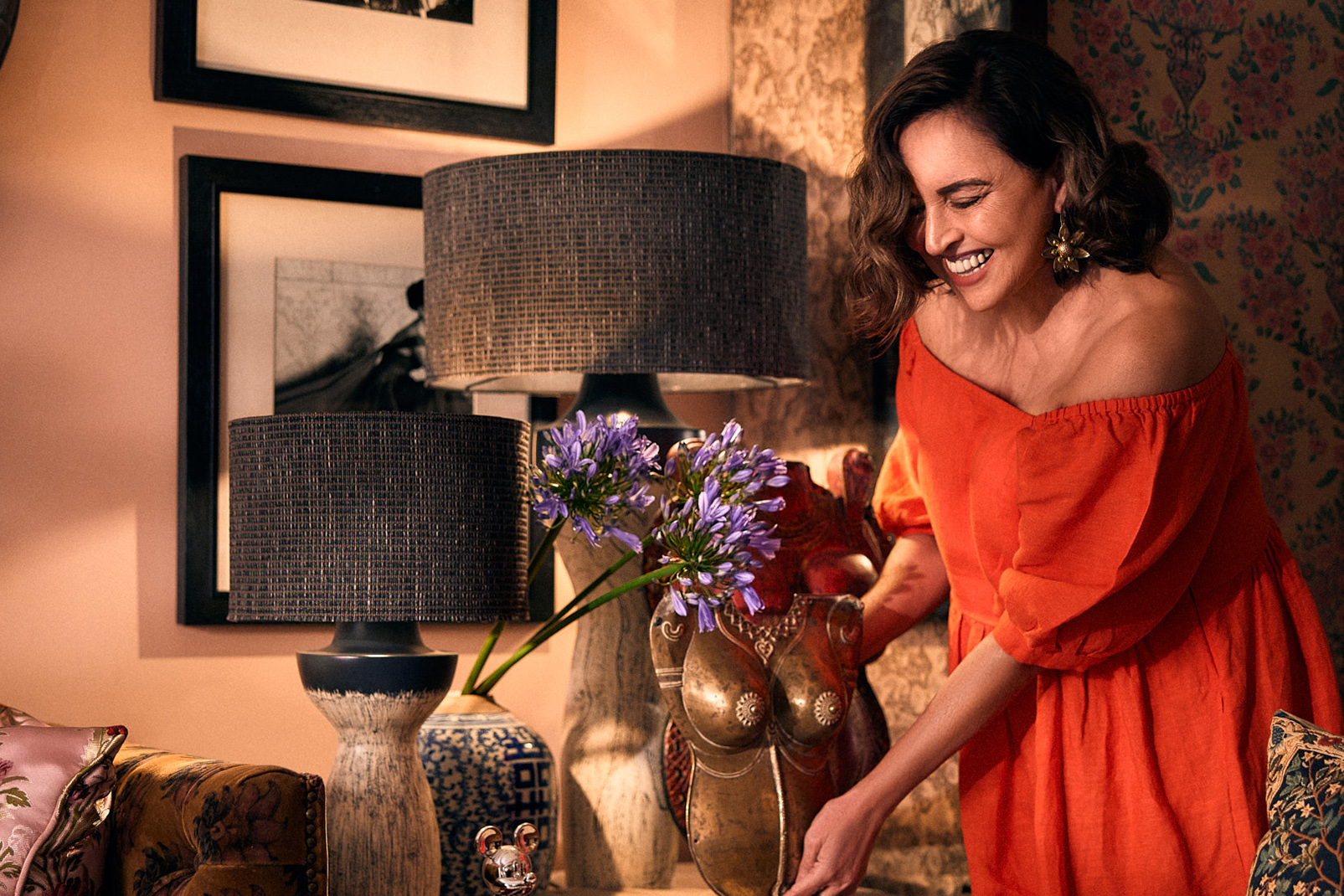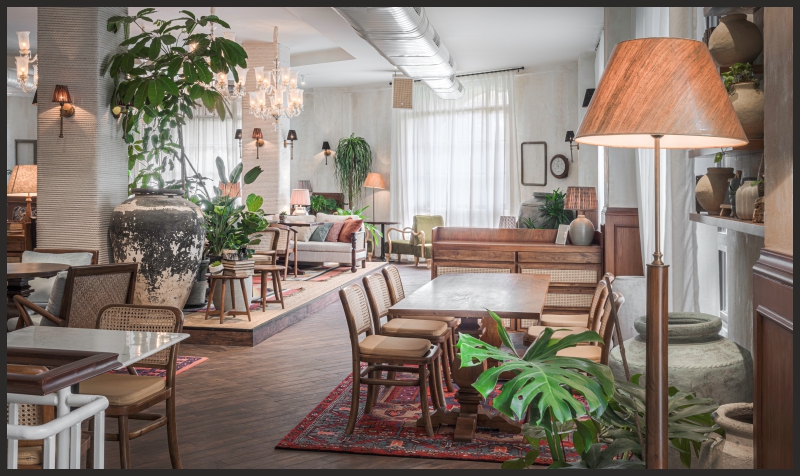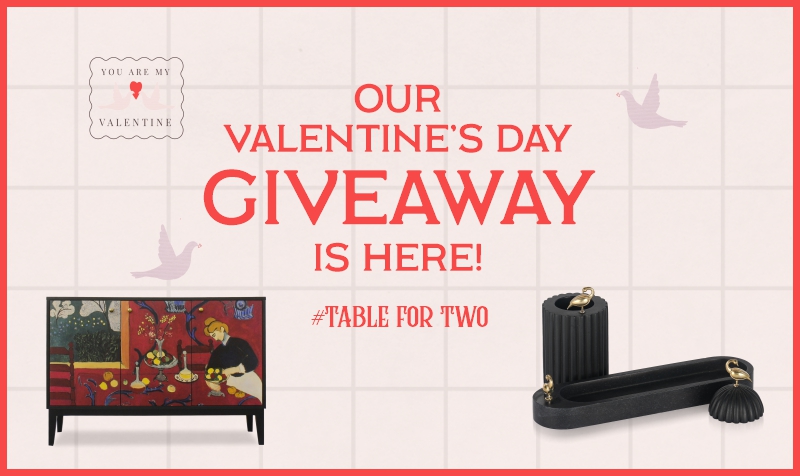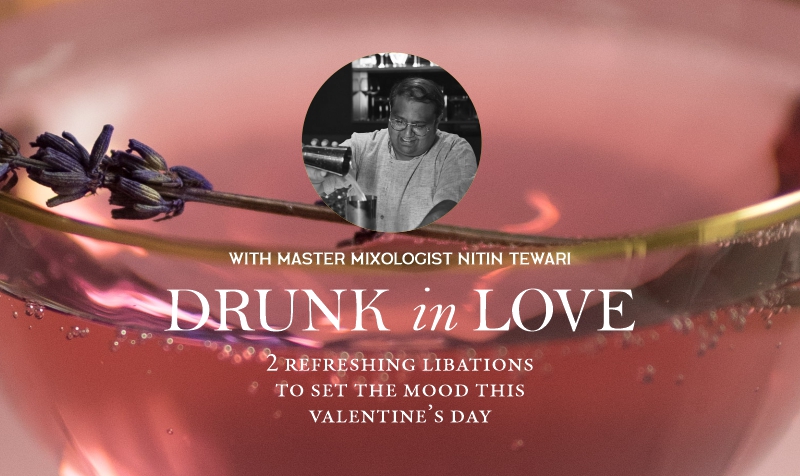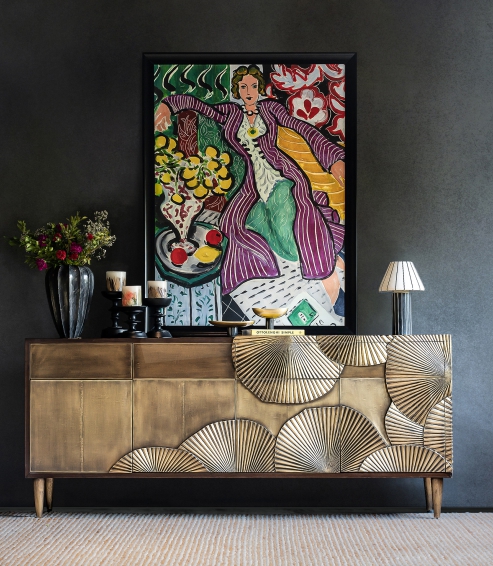We use cookies to make your experience better. To comply with the new e-Privacy directive, we need to ask for your consent to set the cookies. Learn more.
DESIGNER SPOTLIGHT - KUNAAL KYHAAN SEOLEKAR
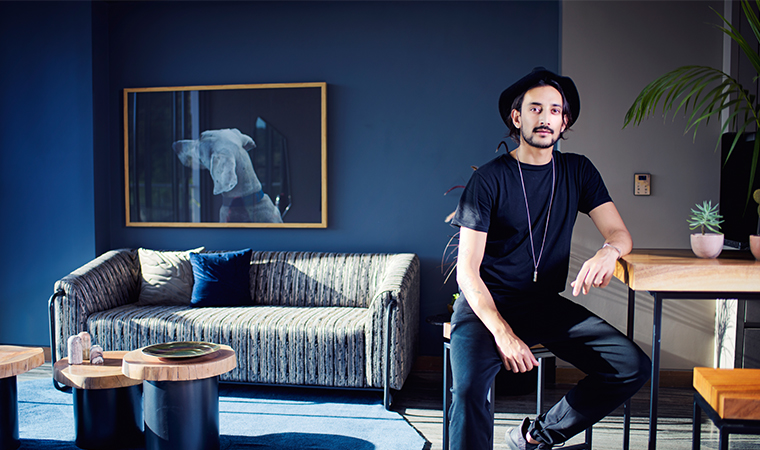
Kunaal Kyhaan Seolekar is the namesake behind the creative design studio, studioHAUS and design brand, Koy, based in Pune, India. In a little over a few years, Kunaal and his multi-faceted design practice has grown into a state-of-the-art studio and workshop which caches a global conversation to India’s artistic heritage.
Over an email tête-à-tête with The House Of Things, Kunaal Seolekar talks about his design sensibility, his approach to form, and the method behind his design process.
What was your first experience with design?
I have been involved in the arts ever since I can remember, I come from a family of artists and designers. My mother is an Interior designer and my grand mother is a very creative and artistic woman. She was my ‘art’ teacher and from a young age involved me in various projects including stained glass, sculpture, and painting with various unusual mediums. Additionally, I would always be around interior sites with my mother which I think instilled within me from a very young age.


At work at his South Mumbai residence
What is the story behind your design studio?
studioHAUS was conceptualised by me in 2012, after I returned from my studies at Parsons school of Design New York and a gap year of acting in Mumbai. I want to create a collaborative design and build studio which delved in various creative projects ranging from architecture to product design. The necessity to have creative freedom and the means to produce our intricate dreams took over and naturally this grew into a prototyping studio and eventually into a manufacturing unit outfitting all of our projects.


The Koy Studio, Pune
What does your design process entail?
I am very inspired by travel, natural materials and nature and most often that’s the beginning of the design process. Images are shortlisted and brainstormed with the design team out of which a concept is generated and then worked on depending on the client brief. I am very curious when it comes to materials and often experiment within the workshop pushing the boundaries and exploring all the possibilities we can. I also give priority to Indian materials like stones and marbles and prefer using them extensively in projects.


L to R - Elephant sculpture in natural, hand-carved marble, Koy & Leaf Platter in hand sculpted green marble, Koy
Tell us a bit about your setup: the design workspace, the craftspeople and the sourcing of materials.
My design studio is a very exciting space as it combines a state of the art manufacturing workshop and design studio under one contemporary Scandinavian shed. The space is shared by architects, product designers, carpenters, metal-smiths, sculptors and animals. We have a wood shop, metal shop, paint booth, sculpting studio and design studio; often multiple teams collaborate and brainstorm on any project small or big, whether it’s a chair or an interior space. I travel around the country sourcing woods and stones from different corners, one of my passions, and have employed various skilled artisans and sculptors to create my designs. I often source most of the unique materials I use in my projects myself.


The Metal Shop, Koy, Pune
How do you convey your design aesthetic in a way that complements your client’s needs?
I have a very distinct contemporary aesthetic in my design which is what attracts most of my clients. Often they approach me because of this aesthetic. We have a screening process which involves a lot of meetings and understanding the clients needs, budgets and expectations before we begin the design concept. Only once we are on the same page do we begin the design process, after which is a constant dialogue between the two. The clients needs are always met and from my experience a great project always requires a happy client.


L to R - The Shanti Sofa, as designed for Kunaal’s brother’s residence & Rhino sculpture from the Zoo Collection
Is the Indian consumer opening up to lifestyle designers and labels? Are they being able to distinguish between handcraft and design?
Yes, we have a vast history of handcraft and indigenous design which most clients are aware of and often sensitive about. Though lifestyle designers and labels are a fairly new concept in Indian contemporary design, this adds more excitement into the project as the process involves introducing clients to this world, something I am very eager to do.
How do you integrate technology with heritage craft? How do you inspire the craftspeople to be more receptive to modern methods?
Having a workshop, we have the best machinery available to us and spend a lot of time training, developing and encouraging our artisans to use technology along with their skills to produce better and faster. I collaborate with the hardware and finishes vendors we use to train our staff with the latest available products so that they are constantly evolving and understanding what is available to them. We also spend a lot of time creating prototypes and moulds which we send to our artisans around India, helping them understand our levels of finishing and quality.


“I also give priority to Indian materials like stones and marbles and prefer using them extensively in projects.” – Kunaal on integrating heritage crafts and materials.
Lastly, you have already created a stunning body of work with many mediums and styles, and a splendid portfolio with many projects. What would you like your legacy to be?
I would like to be recognized for the unique, experimental work we undertake and the aesthetic we are known for. I am hoping KOY will be one such brand that has its individual Indian identity in the global contemporary design space.


L to R - A living space, done by Kunaal & Oxford Golf Resort, Pune
Images via Verve magazine India
The Koy collection is a playful interlude of rich craftsmanship, elemental beauty, and everyday objects - drawing on its eclectic heritage combining global influences with traditional Indian materials. The brand’s hybrid identity is inspired partly by the philosophy of the Koi Fish (said to have influenced the ubiquitous Yin & Yang symbol of universal balance) and partly from a re-imagined colourful world of emotion.
Browse the unique collection here.
